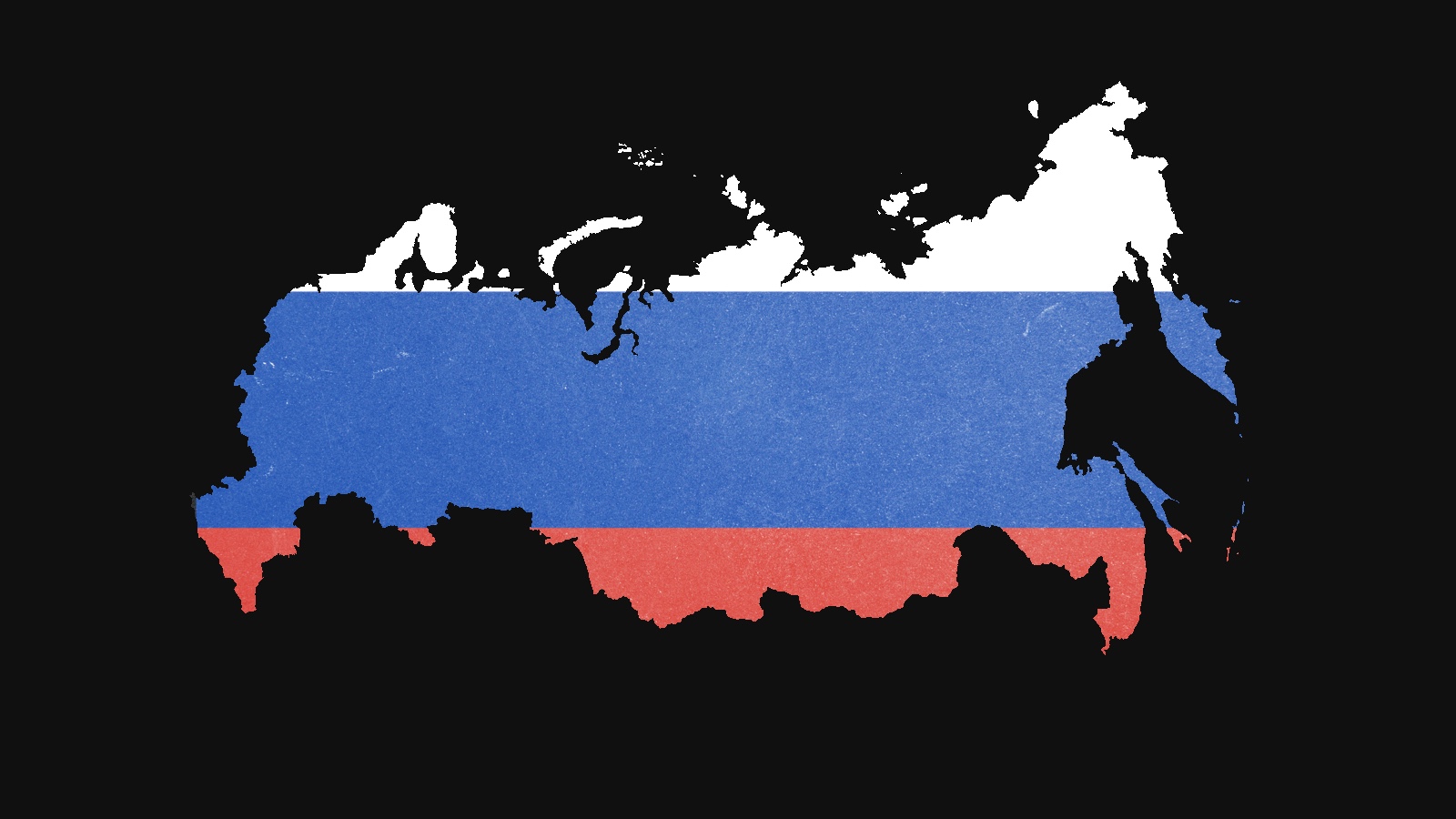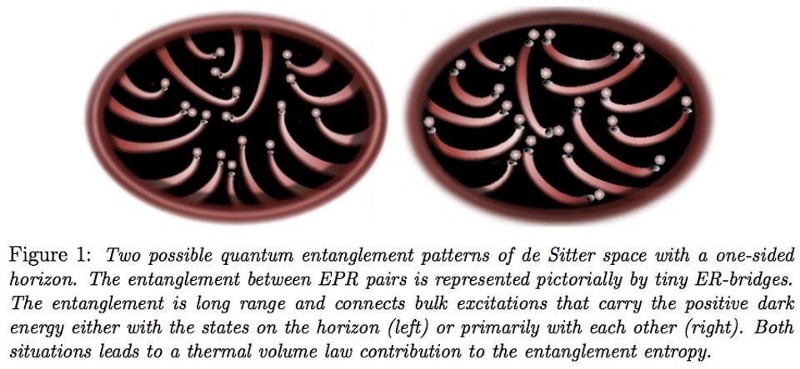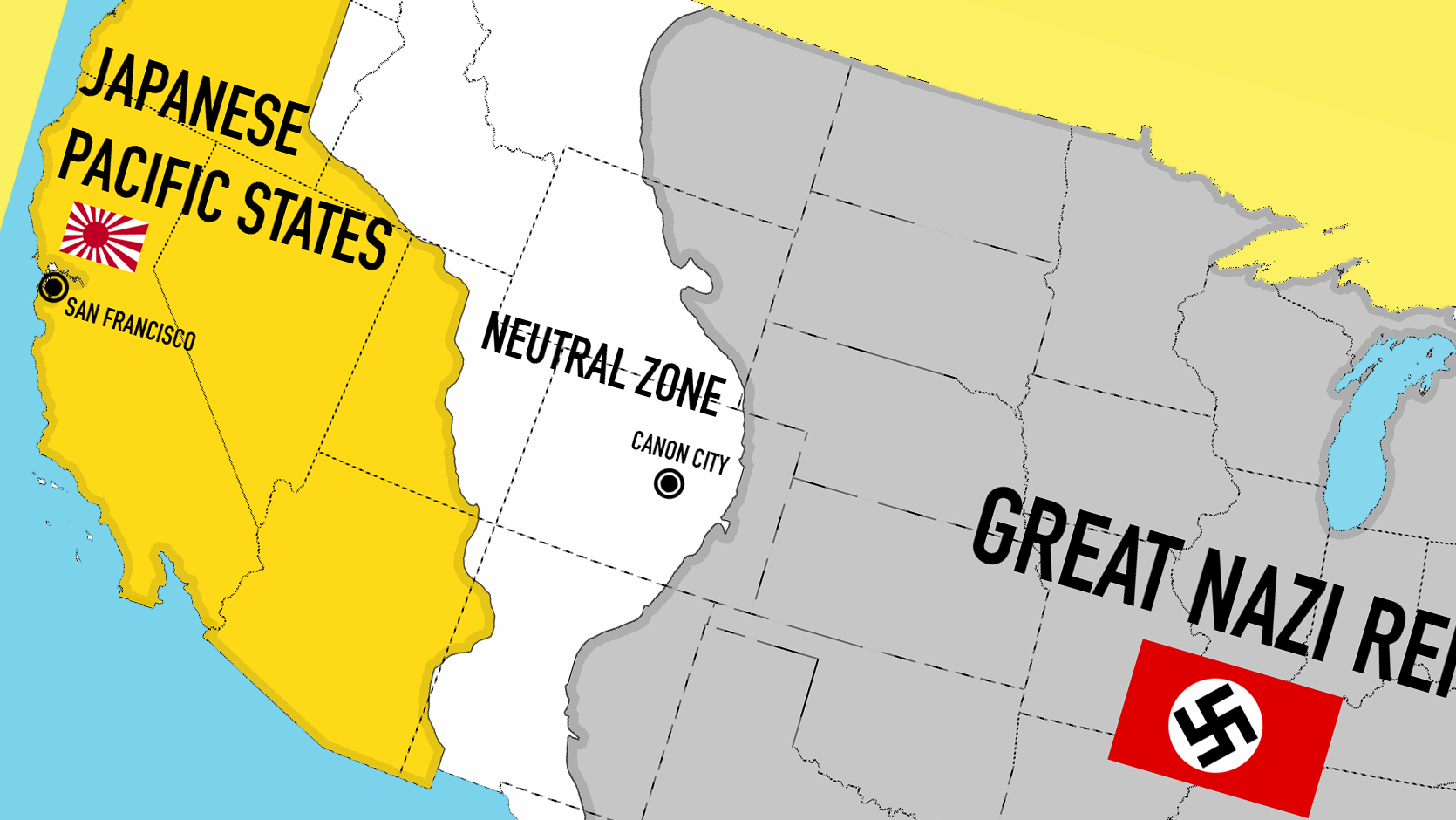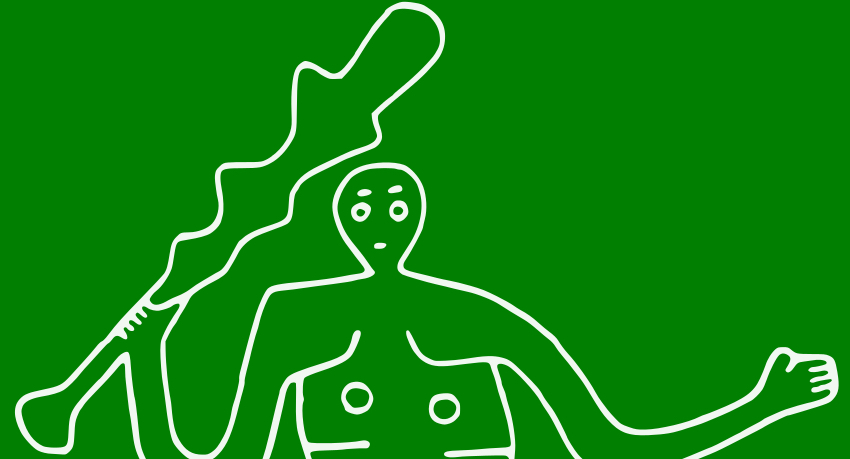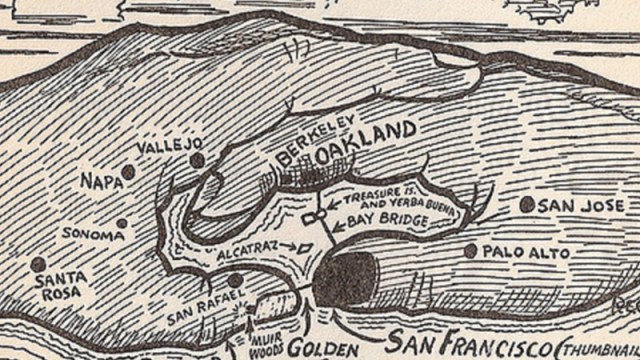328 – Fuzzy Britain, and Truth in Maps
n
“(…) for the last two years, I’ve been taking pictures of Britain on world maps,” writes Ben Terrett, graphic designer and blogger at Noisy Decent Graphics. Well, not too bad, if that’s the only thing that’s wrong with you (1).
n
There is, however, a method behind his madness: “About two years ago, I was looking at a map of the world and noticed that Britain seemed disproportionately large. My companion remarked that this was because in the days of yore, whoever was drawing the map always made their country look bigger and more important.”
n
On the surface of it, this is a reasonable enough assumption. Were it not that the carto-spatial expansion of most countries is rather constricted by their land borders. Imagine – short of actual, genuine irredentism, that is – continental countries spilling over into their neighbours on each other’s maps the way the Hulk bursts out of his t-shirts (2). Things could get messy pretty quickly in a very real-world, diplomatic incident (or even Hulk-movie) kind of way.
n
But Britain is, as in so many other cases, the exception to this rule. As an island nation, it is bordered only by the sea (3) and as a former Empire, it has a more than favourable sense of its own place in history (and geography). It is thus eminently suited for cartographical inflation.
n
Britain’s aquatic Einzelgang does indeed allow for quite some variation, as Mr Terrett’s research demonstrates. The variation is however not limited to size, as demonstrated by this overlay of 14 different cartographies of Britain (compensated for scale differences). The composite map is quite fuzzy indeed.
n
Mr Terrett concludes: “This isn’t a cartography blog and I know some of these maps are over-stylised for a reason, but I want to make a wider point about graphic designers and the assumptions we make and how easily they are accepted. If you look at all the maps (separately), they all look kind of OK. When I put them all together, it looks like madness. Like people taking liberties with the truth.”
n
Well, this is a cartography blog, and I’d like to go on a bit about the the relationship between truth and maps. The point being, in short, that all maps are lies – they are 2D renderings of a 3D reality, invariably containing some form of deviation of the ‘truth’. It’s almost as if this was cartography’s version of the Original Sin. And yet maps can’t be all lies, not even mostly lies: they must refer in some reliable way to the outside world, or be useless (4).
n
But the disconnect between map and territory goes deeper than that one untransferable dimension. Even if an exact 3D, 1 on 1 map of a territory were made, how truthful could it be? It would only represent reality without actually being it. If the lay of the land would change, which would be wrong: the reality of the terrain, or its mapped representation?
n
The map-territory relation is explored further in this Wikipedia article. And in Jose Luis Borges’ famous, though very short story, ‘On Exactitude in Science’, in which a map is devised on such a scale that it covers the charted empire completely, voiding the map of its purpose.
n
Could one not conclude, paradoxically, from this story that maps are only useful insofar as they do deviate from the truth? Even while retaining enough truth to be reliable? What an unsettling thought – and it’s already way, way past my bedtime…
n
Many thanks to McBain and Eliana MacDonald, who provided me with the link to the relevant page of the aforementioned blog.
nn
n
n
n
n

